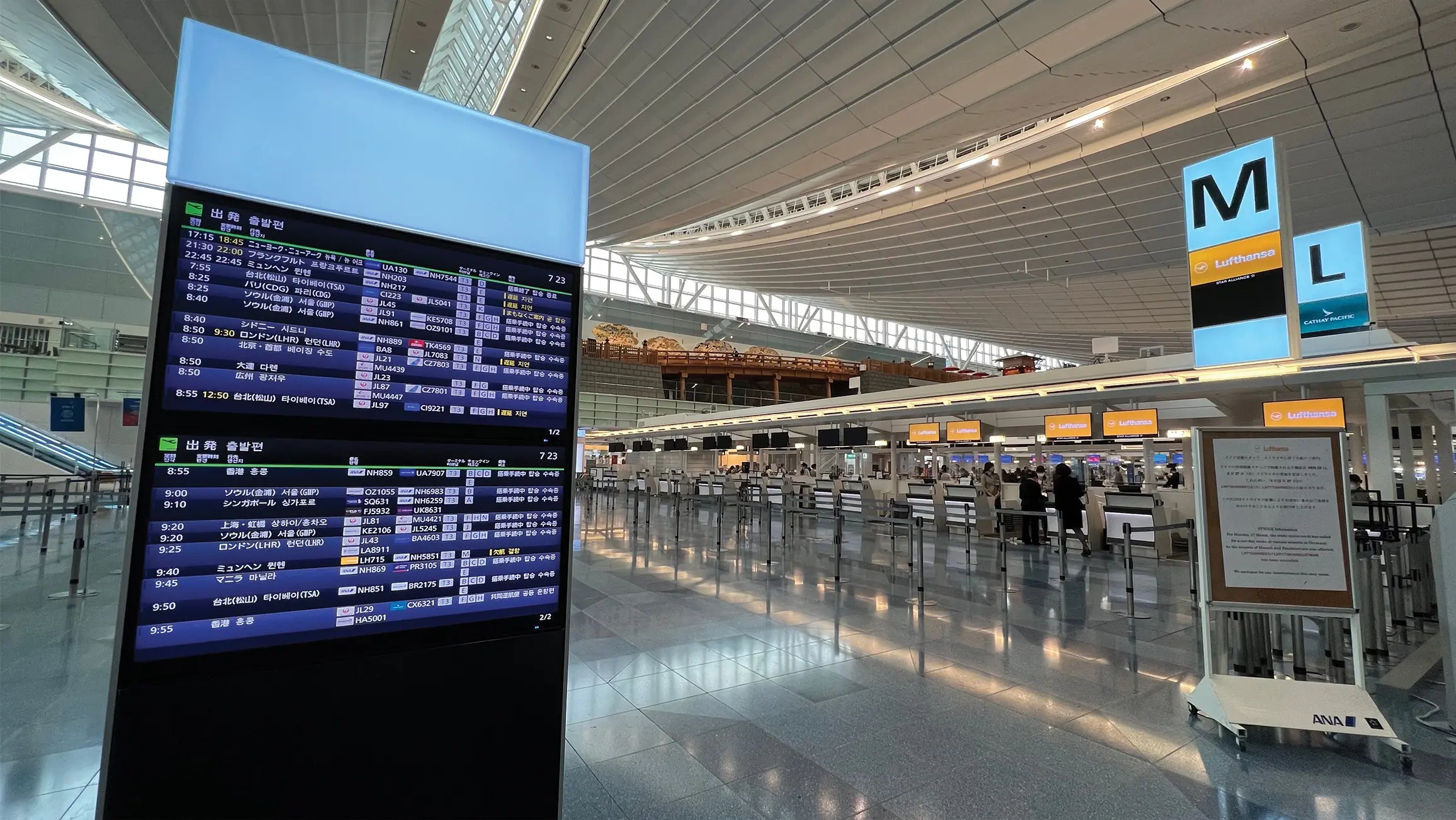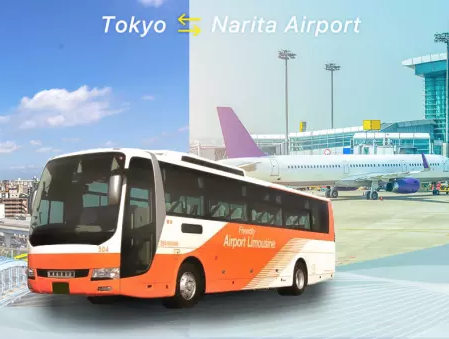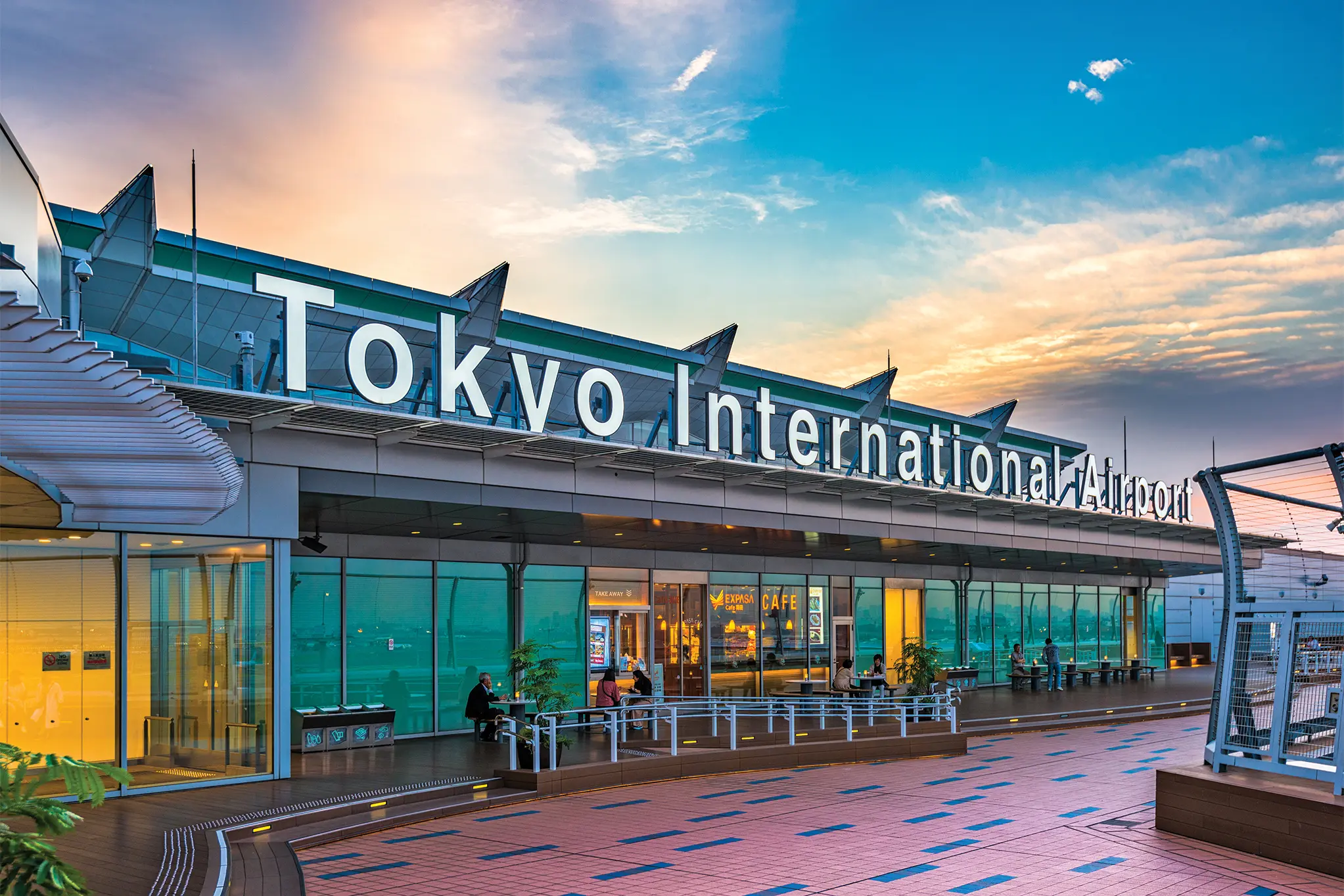Being much closer to the center of Tokyo, many travelers prefer to fly in and out of Haneda (officially known as Tokyo International Airport) rather than Narita when visiting Japan. For that reason, it comes as no surprise to hear that the country’s two largest carriers, All Nippon Airways (ANA) and Japan Airlines (JAL), are increasingly shifting their international flights to the former.

Increase in International Flights from Haneda
From this summer, JAL will have 236 weekly international flights on 24 routes out from Haneda. That’s up from 154 flights on 15 routes in 2019. ANA, meanwhile, will have 285 flights on 30 routes, up from 247 flights on 24 routes five years ago. From Narita, JAL has scheduled 131 international flights on 20 routes, a significant decrease from 280 flights on 31 routes in 2019. ANA’s number is set to go down from 294 flights on 34 routes five years ago, to 116 flights on 18 routes.
“This is not something that has just started as we do see Haneda as being more convenient for our customers,” said Saiko Kuwasaki, an official of JAL, to This Week in Asia. “Narita has more flights to and from North America that are connecting with onward flights to other parts of Asia, so we are trying to obtain more flights out of Haneda.”

Haneda and Narita: A Brief History
Opened on a small piece of reclaimed land in 1931, Haneda served as Tokyo’s primary international airport until 1978. It was then taken over by Narita, originally known as New Tokyo Airport. Local residents in Chiba Prefecture, however, weren’t consulted during the initial planning phase and consequently formed a popular resistance group along with left-wing political parties and student activists. The project still went ahead, though, as Narita became the international hub of Japan.
Between 1978 and 2010, Haneda handled mostly domestic flights to and from the capital, in addition to “scheduled charter” flights to a few major cities in East and Southeast Asia. Then, a dedicated international terminal was opened there, in conjunction with the completion of a fourth runway, offering additional slots to handle 60,000 overseas flights a year.









